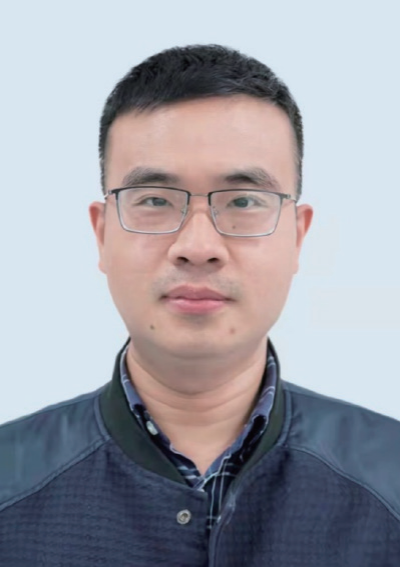Wang Yongzhe, Zeng Yi, Liu Ziwei
Shanghai Institute of Ceramics, Chinese Academy of Sciences, Shanghai 200050, China
EXTENDED ABSTRACT: Electron backscatter diffraction (EBSD) has been one kind of the most important accessories on SEM, which expand the morphology and composition analysis to crystallographic microstructure analysis, such as phase structure, grain size, orientation, and texture, in the field of metal, ceramics, geology and semiconductor. To improve the spatial resolution of EBSD (-100nm), transmission Kikuchi diffraction (TKD) has been developed, which uses the ultrathin sample to reduce the large excitation volume and achieves the -15nm resolution. However, the TKD patterns are hard to be indexed. In this work, the new two-step correlation index (TCI) is established. The ring region of interesting rROI is selected, where the central transmission spot and the noise area around the edge of patterns were deleted. Moreover, two pattern databases are created. One is simulated with Dynamics, using the large misorientation angle of 5°. The other one is calculated by rotating each pattern in the first one within 1 ° to 3° per 1 °. Thus the correlation coefficient increased. Moreover, the new TKD-Unet model is proposed to reconstruct the Kikuchi bands. After training, the effect of the central transmission spot can be efficiently eliminated and the Kikuchi bands can also be created in the noise area around the edge. The results show that with the decrease of the depth ofTKD-Unet, such as from 10 layers to 4 layers, the accuracy of this model dramaticallly decreases.
Keywords: Transmission Kikuchi Diffraction; Patterns; Correlation index; TKD-Unet model

Dr. Yongzhe Wang is an associate professor at the Shanghai Institute of Ceramics, Chinese Academy of Sciences. He researched at the University of McGill from 2018 to 2019. His main research interests include the correlation between the microstructure and properties of ceramics; new characterization methods and EBSD \EDS equipment developing. He has published 15 papers in internationally materials journals, such as J. Mater. Chem. A、 J. Am. Ceram. Soc.、 J. Eur. Ceram. Soc. Ultramicroscopy, etc., and applied for 3 Chinese invention patents. He presides over one Instrument and equipment development, Chinese Academy of Sciences (YJKYYQ20210030), one Shanghai Science and Technology Innovation Action Plan project.